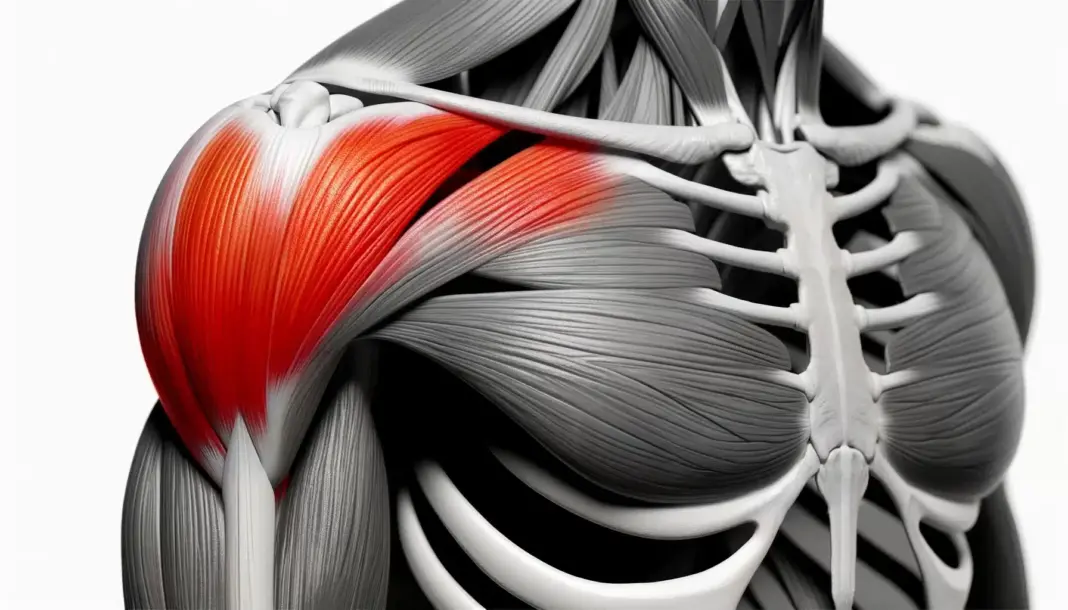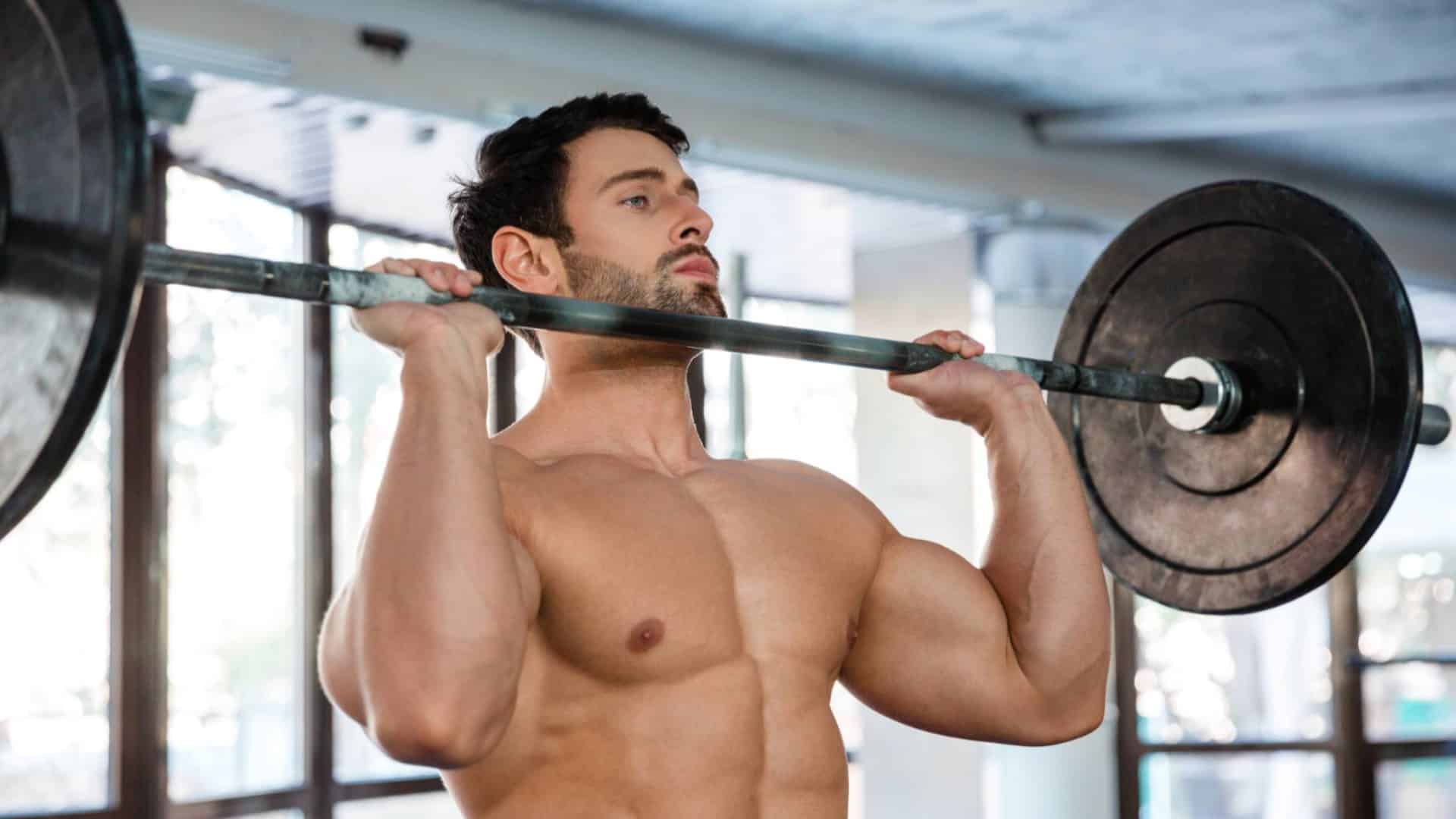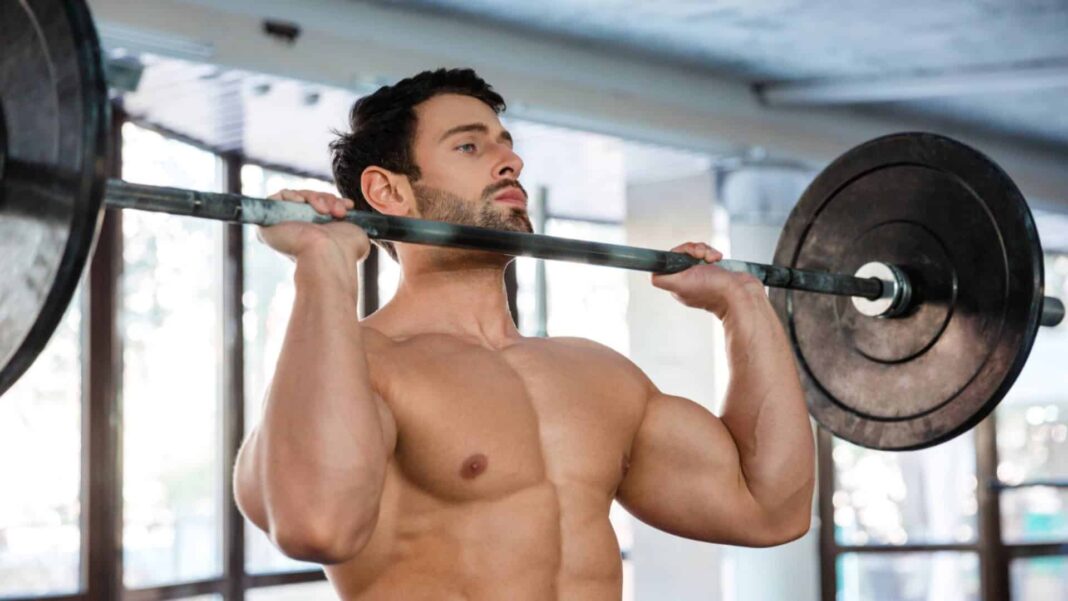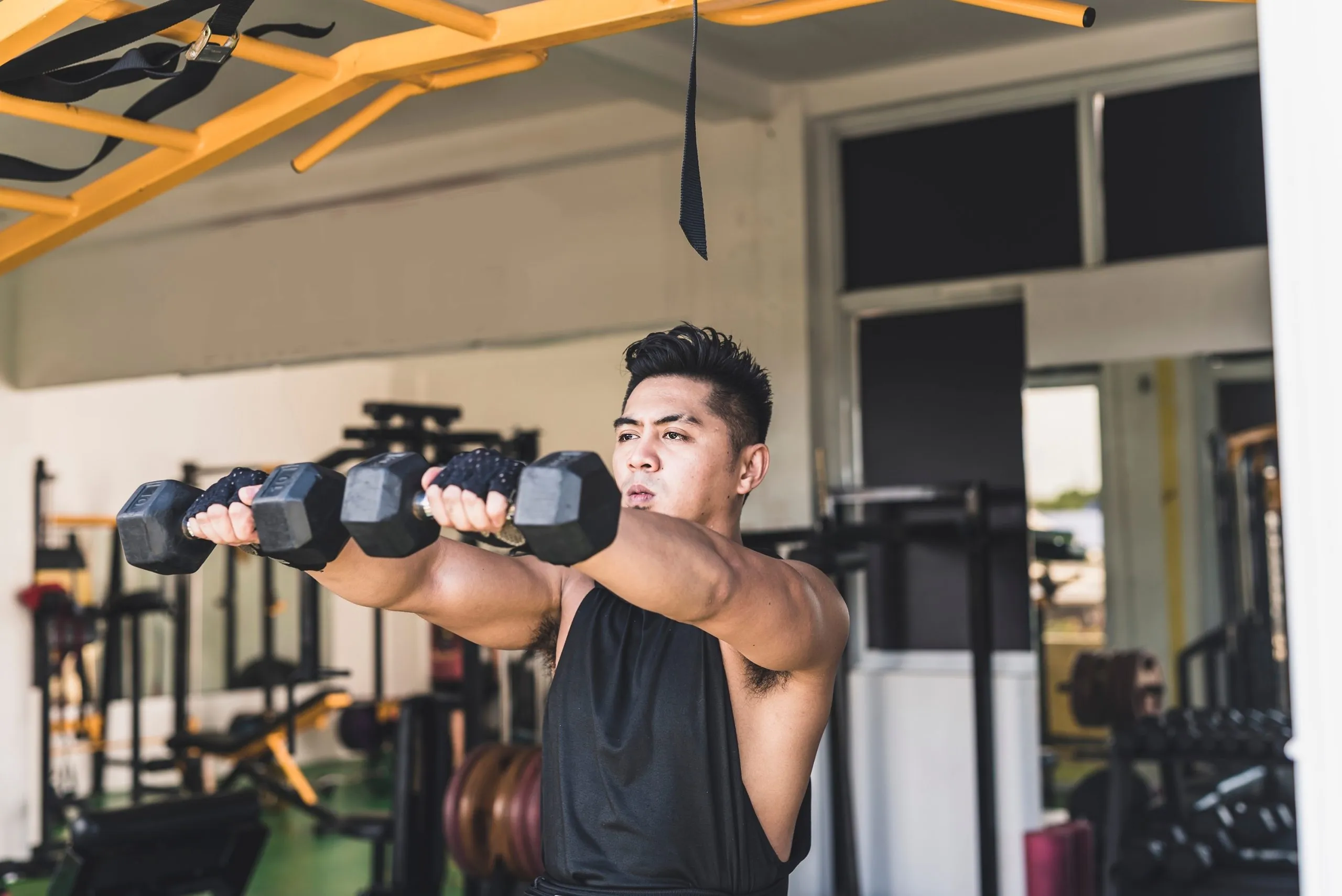Front Deltoid Anatomy & Function: Why Strong Front Delts Matter
When most lifters think about shoulders, they immediately picture the side delts that create width or the rear delts that complete a wide, balanced back double biceps pose.
But there’s another player in the game that too often gets either overlooked—or abused without much thought: the front deltoids (anterior delts).
Here’s the reality: your front delts are more than just a secondary muscle worked during chest pressing.
They are the powerhouse of pressing strength and a key stabilizer for shoulder health. If you want a physique that’s not just wide, but also thick, round, and powerful-looking from all angles, you can’t afford to ignore them—or overtrain them.
We’ll break down front deltoid anatomy, their true function, why they matter so much for bodybuilders, and how to train them smartly to maximize gains while avoiding imbalances or injuries.
Anatomy of the Front Deltoid
To fully understand how to train the shoulders effectively, you need to know the three heads of the deltoid muscle:
- Anterior (front) deltoid
- Lateral (side) deltoid
- Posterior (rear) deltoid
The front deltoid originates from the clavicle (collarbone) and inserts into the humerus (the upper arm bone). Because of this attachment point, the front delt plays a huge role in forward and upward arm movement.

Primary Functions of the Front Delt:
Shoulder Flexion – Raising the arm in front of the body (think front raises, overhead pressing).
Horizontal Adduction – Moving the arm across the chest (think bench press, chest fly).
Internal Rotation – Rotating the arm inward (important in stabilization and many pressing patterns).
So, anytime you press, push, or lift your arms in front of your torso, the front delts are in play.
Why Strong Front Delts Matter
Bigger, Fuller Shoulders
From the front view, anterior delts add thickness and roundness to the shoulders. When properly developed, they tie your chest, shoulders, and arms together, creating that 3D capped look that bodybuilders chase. Without them, your chest may look big, but your shoulders will look flat and underwhelming.
Pressing Powerhouse
If your bench press has stalled or your overhead press feels weak, it’s often your front delts holding you back.
Every pressing exercise—flat bench, incline press, military press—relies heavily on anterior delt strength.
Weak front delts equal weak pressing numbers. Strong front delts? That’s how you move heavy weight and fill out the shirtsleeves.
Shoulder Stability & Injury Prevention
Front delts help support the rotator cuff and stabilizing structures of the shoulder. If they’re underdeveloped or fatigued, the stress shifts onto tendons and ligaments, which can lead to injuries like impingement or labrum issues. Strong, balanced delts protect the joint when pressing heavy loads.
Symmetry and Balance
Many bodybuilders make the mistake of hammering chest and arms, while leaving the delts behind. The result? Overdeveloped pecs that roll the shoulders forward. When you train the front delts properly—and balance them with side and rear delt work—you achieve that classic balanced upper body symmetry that looks great on stage and in the gym.
Training Implications
Now that you know why front delts are critical, let’s dive into how to train them effectively.
Compound Lifts for Mass and Strength
For most lifters, compound pressing exercises are more than enough to build massive front delts. These should be the foundation of your shoulder training:
- Overhead Barbell Press – The gold standard for overall delt development.
- Dumbbell Shoulder Press – Allows greater range of motion and stability.
- Incline Bench Press – Chest-focused, but heavily recruits the front delts.
- Arnold Press – Trains the pressing motion with added rotation for complete delt activation.
Bodybuilder’s Tip: Stick with compounds for strength and size. Think 6–10 reps, heavy loads, strict form. These should do most of the heavy lifting in your delt program.
Isolation Work for Shape and Detail
Once you’ve built the foundation with heavy presses, you can refine with isolation. These moves target shoulder flexion specifically:
- Dumbbell Front Raise (palms down or neutral grip)
- Barbell or Plate Front Raise
- Cable Front Raise (constant tension)
Keep the form strict: no swinging, no jerking. Use moderate weight and focus on the contraction.
Bodybuilder’s Tip: Isolation should supplement, not dominate, your delt work. One or two isolation sets per workout is plenty unless you have a weak-point that needs extra attention.
Balancing the Delts
Here’s the tricky part: most lifters already hit their front delts hard without realizing it. Every chest press, every push-up, every dip—all hammer the anterior delts.
That’s why so many bodybuilders end up overdeveloping front delts while neglecting side and rear delts. The result? Narrow shoulders, poor posture, and a higher risk of injury.
To stay balanced:
- Prioritize side delts (lateral raises, upright rows) for width.
- Hit rear delts (reverse flys, face pulls, rear delt rows) for posture and pulling strength.
- Keep direct front delt work moderate and intentional.
Common Mistakes with Front Delt Training
Even seasoned lifters fall into traps when training delts. Here are the big ones:
Overtraining Through Pressing Alone
Most guys press 2–3 times per week for chest. That alone gives the front delts a ton of indirect work. Adding endless isolation sets on top can lead to overuse injuries.
Neglecting Rear Delts
If your training is chest-heavy, your rear delts are probably lagging. This imbalance creates rounded shoulders and reduces shoulder health.
Poor Isolation Technique
Swinging dumbbells on front raises turns the movement into a half-baked trap exercise. If you can’t control the weight, go lighter.
Ignoring Shoulder Pain
If pressing hurts, don’t just push through. Adjust with neutral grip dumbbells, landmine presses, or machine presses that reduce joint strain while keeping delts growing.
Training Strategies for Every Level
Beginners
- Stick with compound pressing movements (dumbbell shoulder press, incline press).
- Keep isolation minimal—let your compounds do the work.
- Focus on form and shoulder stability before chasing heavy weights.
Intermediate Lifters
- Add front raises once or twice a week if anterior delts are lagging.
- Prioritize rear delts and side delts to avoid imbalance.
- Experiment with different grips and angles to find what hits your delts best.
Advanced Bodybuilders
- Use intensity techniques: drop sets, tempo work, paused reps.
- Train for detail with isolation supersets (front raises into overhead press).
- Monitor volume carefully to avoid overtraining—your chest work already smashes the front delts.
Practical Takeaways for Lifters
- Think of the front delt as your pressing engine. Build it, but don’t burn it out.
- Compounds first, isolation second. Heavy presses grow size, raises refine shape.
- Balance is everything. Don’t let anterior delt training overshadow side and rear delts.
- Smart programming beats brute force. More sets won’t help if you’re already pressing multiple times per week.
- Strong, capped front delts = stronger lifts, better symmetry, and healthier shoulders.
Conclusion
The front delts might not get the spotlight like the side delts for shoulder width or the rear delts for back aesthetics, but they are the silent force behind almost every pressing movement you perform.
If you train them deliberately—without overtraining—and balance them with lateral and rear delt development, you’ll unlock pressing strength, shoulder stability, and round, aesthetic upper-body symmetry.
Remember: bodybuilders are judged from every angle, and nothing completes a physique like thick, powerful shoulders. Build your front delts the right way, and they’ll reward you in strength, size, and longevity in the iron game.




